Blog Detail
Table of Contents
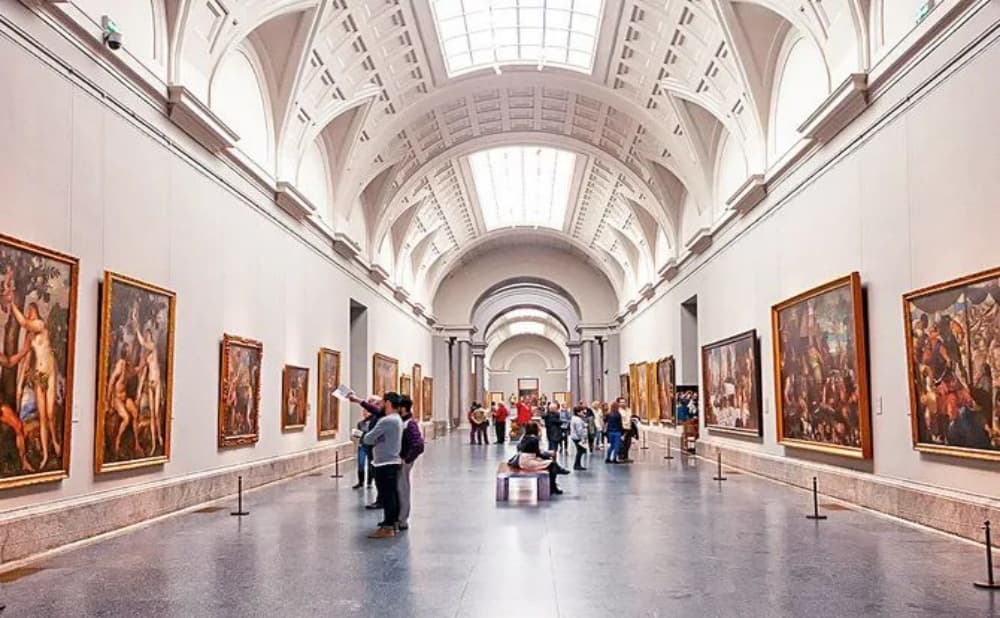
The Unmissable Top Eight Museums in Europe
- Justin
- Sep 29, 2024
- 0 Comments
Visiting museums is an enriching and meaningful experience. Through exhibits and displays, you can learn about the stories of different eras and cultures, appreciate the creativity and expression of artists in various artworks, and it is this inspiration and charm of creation that will stimulate your deep aesthetic feelings, making your understanding and appreciation of beauty richer and more profound. (The existence of self-guided audio guide systems allows visitors to have an immersive experience, deepen their understanding and cognition of specific content in certain historical periods, and better understand the culture behind the objects. For museum visits, Retekess has recently developed and launched the Retekess TT128 audio guide systems. For more details, you can click the link here to learn more.)
As the national museum of Spain, if you visit Madrid, you must visit the Prado Museum. It is known as one of the world's three major museums alongside the Louvre and the British Museum. It houses a collection of paintings, sculptures, and other artistic treasures from all over Europe from the 14th to the 19th century. The Prado, which inherited the royal collection, showcases Spain's unparalleled rich cultural heritage and up-to-date new perspectives. It contains a large number of paintings by Spanish painters such as Velázquez and Goya. In addition to regular exhibitions, the Prado Museum also collaborates with museums around the world to hold high-profile temporary exhibitions, which are well worth seeing.

The Reina Sofia Museum of Modern Art is not far from the Prado Museum, and you can choose to walk there. The items collected here are mainly modern and contemporary artworks, and the treasure of the museum is Picasso's "Guernica." The creation of this painting stems from the fascist Nazi bombing of the Basque town of Guernica in northern Spain. It is 7.76 meters long and 3.49 meters high, covering an entire wall, which is astonishing. When you stand in the exhibition hall displaying "Guernica," you are greeted by distorted lines, exaggerated postures, and the powerful tension shown by black, white, and gray, as if you can hear the neighing of horses and the wailing of innocent civilians. In addition, there is a beautiful garden courtyard in the center of the museum where you can relax and take a break.
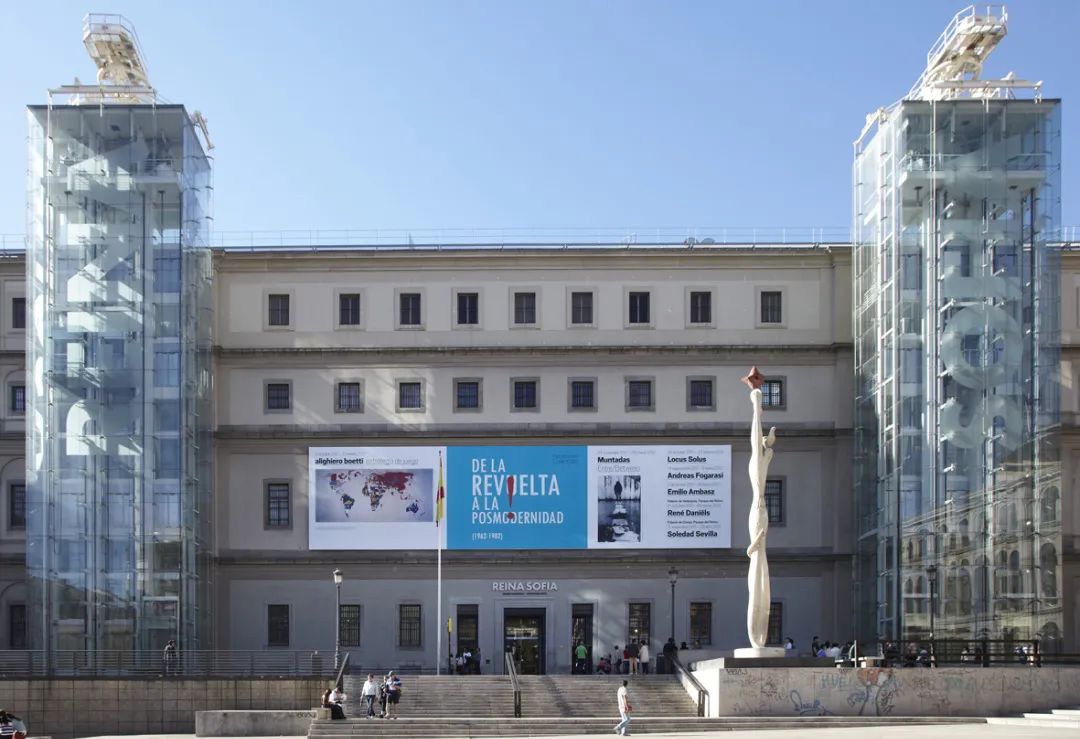
The Thyssen-Bornemisza Museum, commonly referred to as the Thyssen Museum, is also one of the most well-known museums in Madrid. Together with the previously mentioned museums, it is collectively known as the Madrid Art Triangle. The museum's collection comes from the private collection of the Thyssen-Bornemisza family, which began in the early 20th century, and its collection size was once close to that of the British royal family. Moreover, the age of the collection complements that of the Prado Museum and the Reina Sofia Art Center. If you can visit these three museums together, you will be able to appreciate a more comprehensive history of the rise and fall of European art and culture.
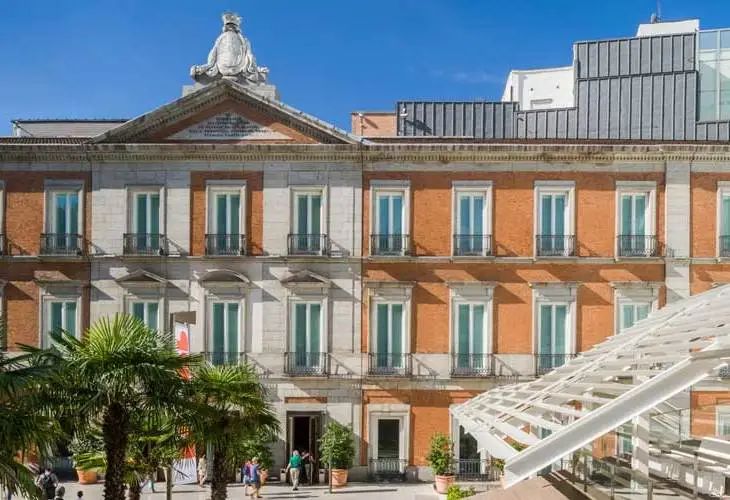
The City of Arts and Sciences in Valencia is not only an excellent place to experience modern technology but also very suitable for family visits, allowing children to develop an interest in science and technology from a young age. The entire complex stretches for two kilometers, and the largest aquarium in Europe is also located here. With a rich variety of exhibitions and activities, and its exterior perfectly blending beauty and modernity, it is definitely a place worth visiting.

As you stroll through the narrow, mysterious alleys of the Gothic Quarter, you will arrive at Montcada Street, where stands an art museum that should not be missed when visiting the capital of Catalonia - the Picasso Museum in Barcelona. The museum is composed of five 13th and 14th-century Gothic palaces skillfully combined. After careful and appropriate restoration and transformation, it allows you to fully immerse yourself in the wonderful life and outstanding works of this artistic genius. Picasso's childhood and youth are closely connected with Barcelona, and this museum is undoubtedly the key to exploring the close connection between Picasso and this city. It is worth mentioning that there is also a very significant Picasso Museum in the sunny city of Málaga. As Picasso's hometown, the museum there carries a deep respect and unique commemoration for him. However, the Picasso Museum in Barcelona, with its unique charm and rich collection, is more important and prominent in showcasing Picasso's artistic achievements.
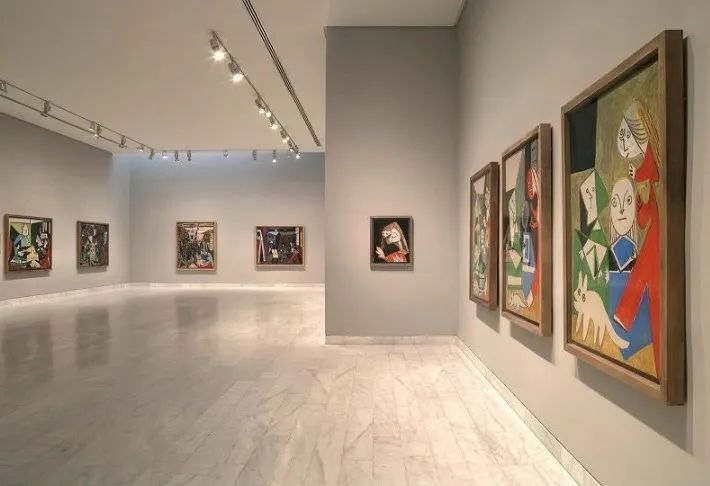
Here, you seem to be able to have a dialogue with Picasso through time and space, appreciating his unparalleled artistic creativity and style, and feeling the endless charm and shock of art.
The Guggenheim Museum is like a titanium ocean liner safely docked at the mouth of the Bilbao River, bringing you a different surprise. Its architectural structure is ingeniously integrated with the urban landscape of Bilbao and its surrounding areas, and it has undoubtedly become a very iconic presence in the city. The exterior of the building is like an artistic treasure, and the metal luster of the walls will show various colors according to different times and weather conditions in a day. Once inside, you will realize that this is one of the most distinctive museums in the world, with a rich and unique collection and exhibitions that broaden your horizons, and it is definitely a very worthwhile art palace to visit, which will surprise you during your tour.
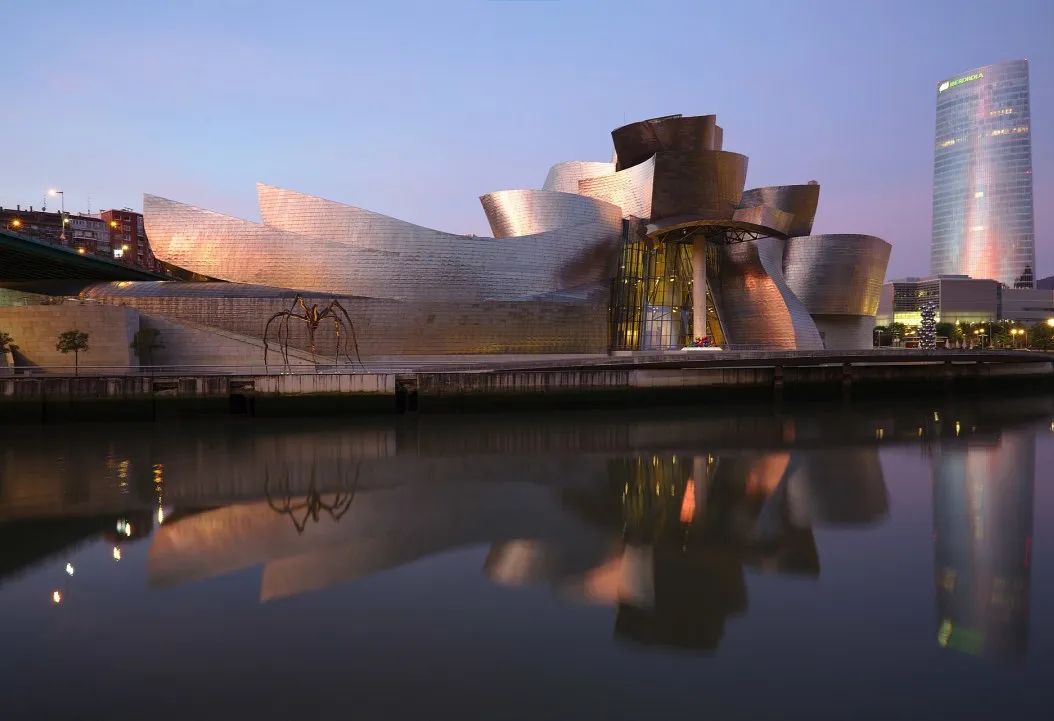
When you step into the Dalí Theatre-Museum in Figueras, Spain, you are about to embark on an enchanting journey to fully appreciate Dalí's vibrant creativity, which is a vivid portrayal of his life and work. The museum has an extraordinary architectural style, a rich collection of outstanding works by the artist, and a large number of interactive experience projects, all of which will immerse you in it, making it unforgettable and reluctant to leave. Immerse yourself in the fascinating world of Salvador Dalí, one of the most influential and famous surrealist artists of the 20th century.
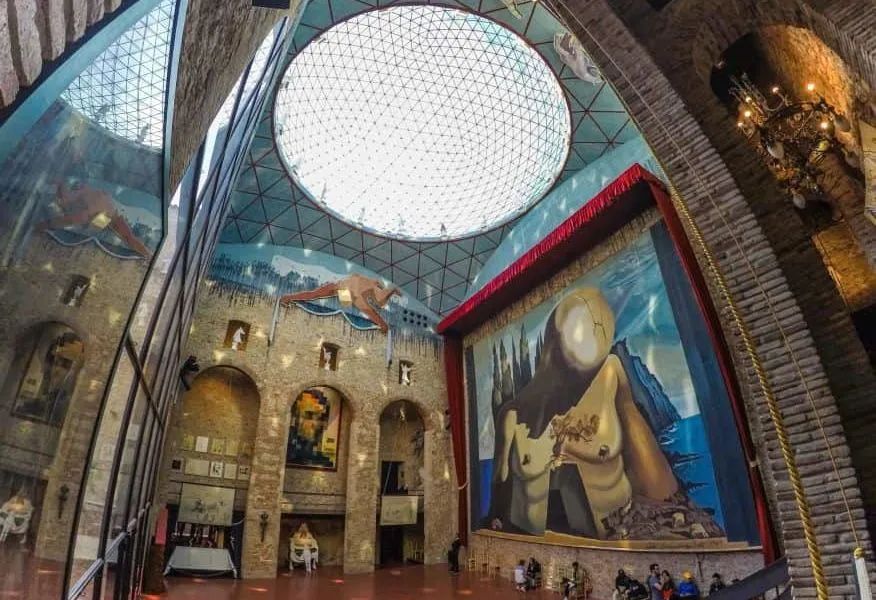
The Barcelona Museum of Contemporary Art mainly collects contemporary artworks from Barcelona. The museum, which was established in 1995, fully demonstrates the unique charm of modern art in its architecture, designed by the master architect Meyer. The exterior of the building presents a simple cubic shape, but through the architect's bold use of facade cutting and the introduction of different shapes, it creates a variety of interwoven and changeable facade combinations, making the entire space full of dynamics and changes, giving a strong visual impact.
















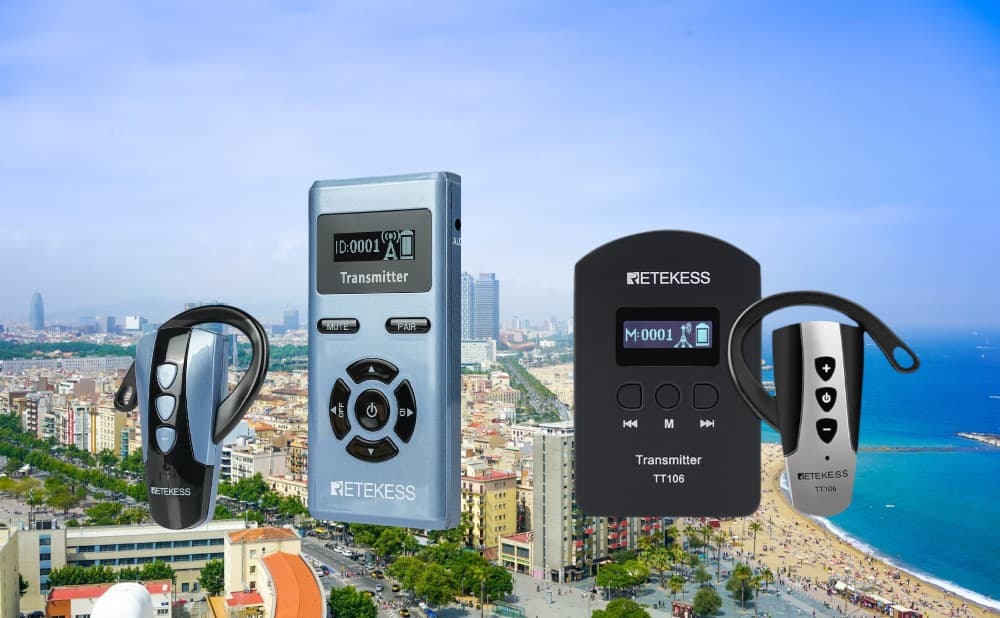






Comments (0)